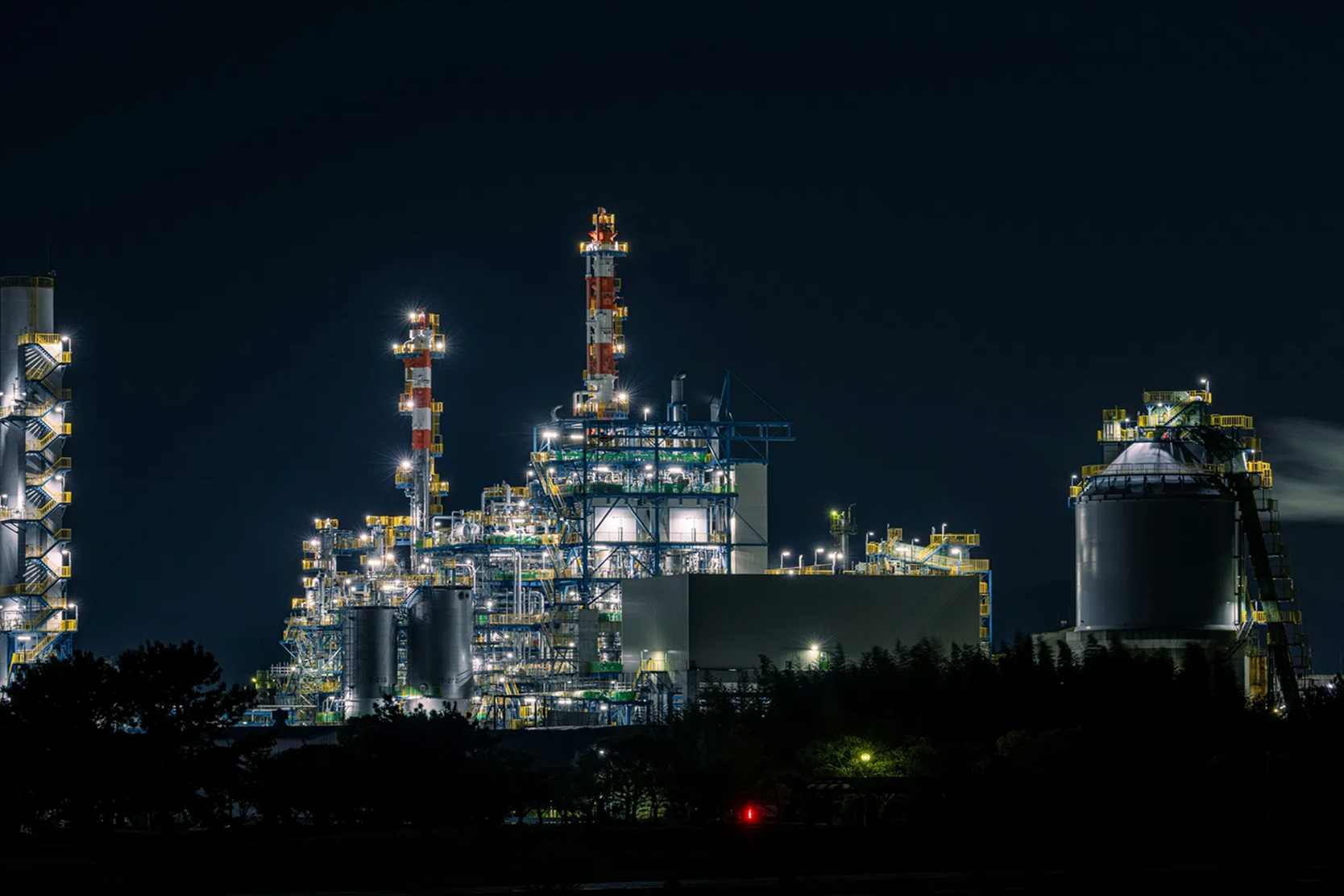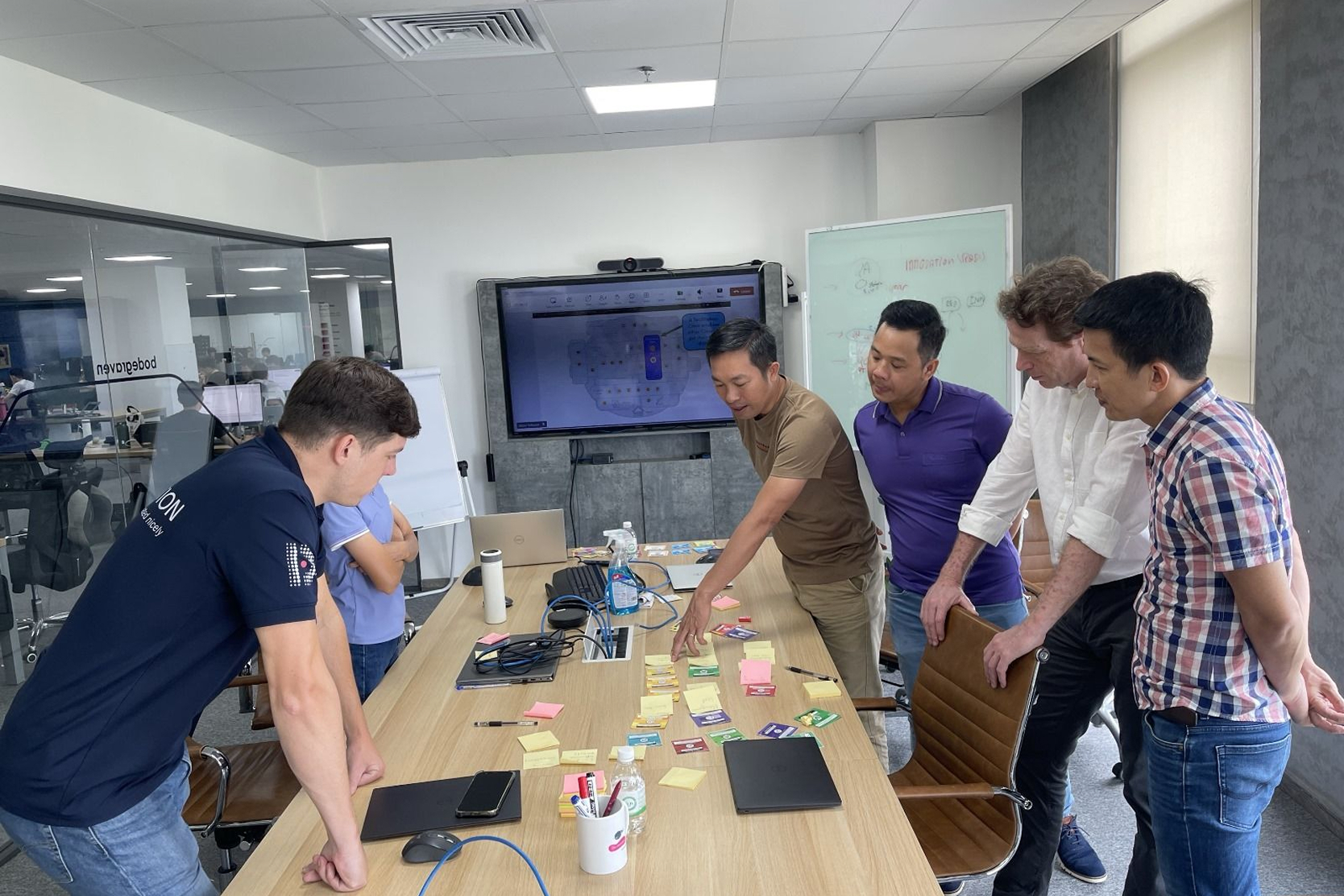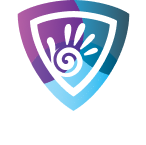
This level of speed requires modern digital foundations. Not only new technology, but better collaboration between systems. Companies that are moving ahead focus on three pillars: API connectivity, secure IT–OT data flows and AI that accelerates development teams.
From EDI to API: trading becomes digital and direct
Manually re-entering orders or relying on slow EDI structures introduces delays and increases the likelihood of errors. Modern terminals therefore connect directly with customers and partners through secure REST APIs.
This delivers three clear advantages:- real-time insight into available capacity
- fewer error-prone manual actions
- faster turnaround in trading and logistics
Safety remains essential. The control of pumps, valves, tanks and other OT systems must remain strictly separated from the IT environment. The real challenge is enabling data sharing without exposing operational systems. That is exactly why IT–OT integration expertise is essential.
IT–OT integration without risk
Terminals rely on systems such as SCADA, DCS, Historian and sensor networks. On top of that sit ERP, planning, finance and customer portals.
The challenge: these worlds need to communicate, but in a secure and controlled way.
More companies therefore choose:- a unified data lake where IT and OT data can safely converge
- data normalization as the foundation for analytics
- event-driven connections between OT data and operational workflows
- strict isolation of operational technology
This creates real-time insight into pump performance, flow rates and terminal load without introducing risk to physical operations.
"AI does not replace operators. It gives them better information, faster decisions and a safer terminal."
Standard ERP rarely fits: terminals build their own systems
Terminal companies often have highly specific processes. Storage, blending, ship-to-shore movements and energy generation differ by site.
As a result, a standard ERP module often falls short. Companies build their own terminal management systems, workflow modules or API integrations on top of Oracle, SAP, Microsoft or custom platforms.
This provides:- more control over business rules
- faster response to trading and operational changes
- room for site-specific optimization
This approach requires strong development teams, high-quality standards and a flexible but robust architecture.
AI accelerates development and knowledge access
AI is mainly used in terminals in two areas.
Software development
Developers use AI assistants for:- faster code generation
- testing and refactoring
- documentation and API specifications
- workflow mapping
- data transformation
This saves weeks of development time, especially in constantly changing integration landscapes.
Unlocking business rules
Operators no longer need to search through extensive manuals.
AI-driven assistants can:- retrieve safety protocols
- generate step-by-step procedures
- explain deviations
- search terminal specifications
This shortens onboarding, prevents errors and strengthens compliance.
Multi-cloud: speed, autonomy and reduced dependency
Vendor lock-in is a major risk in this sector. Many organizations now adopt a multi-cloud strategy, for example:- Azure for analytics and integration
- a sovereign cloud for sensitive data
- Oracle or SAP for core ERP
- on-site edge computing for OT
This combination increases agility without losing control over critical data.
"Digital continuity is no longer optional for terminals. It’s the only way to balance trading speed, safety and operational capacity."
The human factor remains decisive
Digital transitions in energy and terminals do not succeed through technology alone. Security, compliance, legal, finance and operations must work together.
AI, APIs and integration only succeed in an environment where:- governance is clear
- security standards are consistently applied
- teams are well trained
- processes are well designed
The result is a digital terminal that operates faster, more safely and is prepared for a future in which traditional and renewable energy streams converge.
How Infodation helps
Infodation supports energy, oil and gas companies with:- integration of OT and IT (SCADA, DCS, Historian, ERP, planning, CRM)
- API connections with customers, authorities, shipping and supply-chain partners
- custom terminal management modules and workflow automation
- data lakes with normalization for analytics and AI
- multi-cloud architecture (Azure, OCI, private cloud)
- AI accelerators for development, governance and support
- secure migration from legacy to modern cloud platforms









